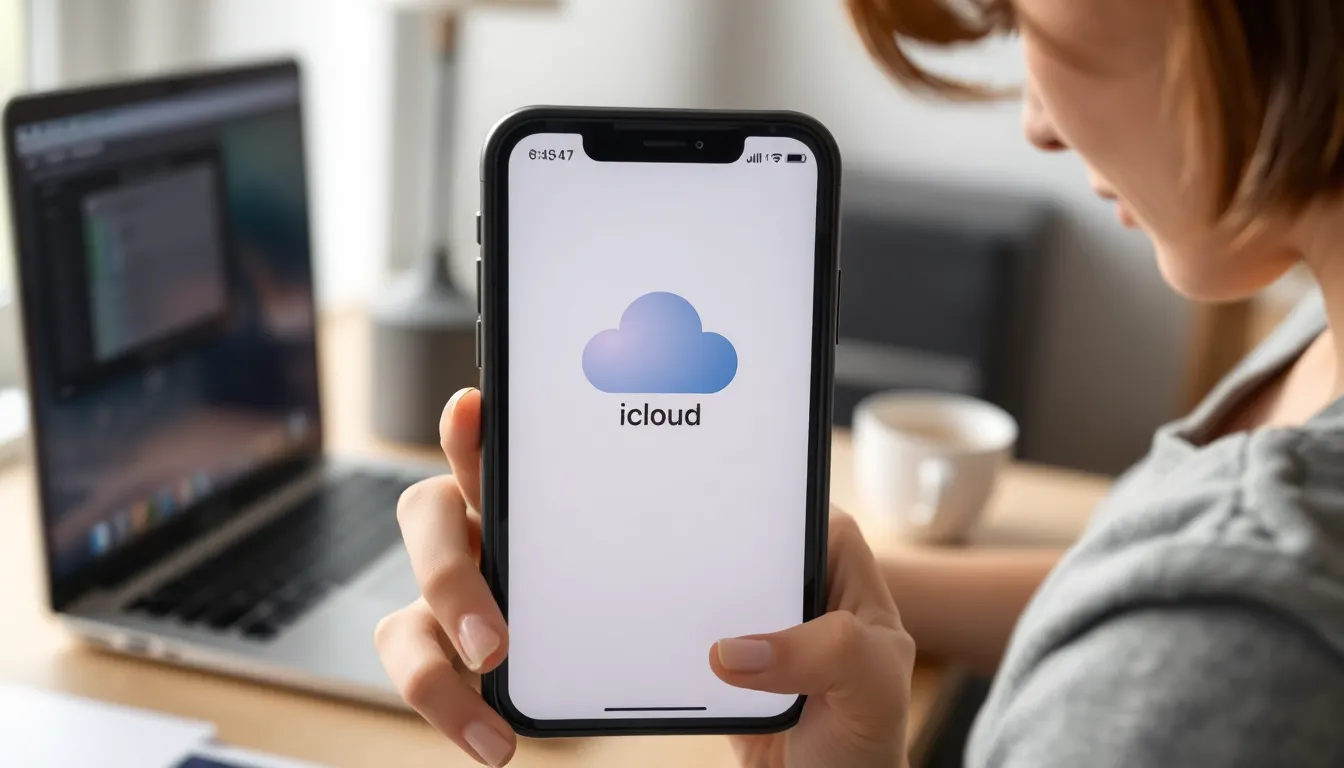Getting files on an iPhone can feel like trying to solve a Rubik’s Cube blindfolded. With all the restrictions and quirks of iOS, it’s easy to think you need a degree in tech wizardry just to transfer a simple document. But fear not! This guide is here to unravel the mystery and help anyone—yes, even your technologically challenged uncle—navigate the ins and outs of file transfers.
Table of Contents
ToggleUnderstanding Files on iPhone
Understanding files on iPhone involves recognizing different file types and how to manage them effectively. Users can easily access a variety of files with the right tools and apps.
Types of Files You Can Access
Files on iPhone include documents, images, videos, and audio files. Documents often consist of PDFs and Word files. Multiple image formats such as JPEG, PNG, and HEIC store visual content. Videos may come in formats like MP4 and MOV. Music files primarily use MP3 or AAC formats. Other file types include emails and notes. It’s essential to recognize that these file types can reside in various locations, such as the device storage or cloud services.
Common File Management Apps
Numerous apps simplify file management on iPhone. Apple’s Files app provides an integrated solution for accessing and organizing files stored on the device and in iCloud. Dropbox serves as a popular option for users who require cloud storage services. Google Drive offers cloud storage with editing capabilities for documents and spreadsheets. Documents by Readdle provides advanced options for PDF management and document viewing. Other apps like Microsoft OneDrive and Box facilitate cloud-based file organization. Using a combination of these apps enhances overall file accessibility and management.
Transferring Files to iPhone

Transferring files to an iPhone simplifies managing documents and media across devices. Various methods cater to different needs.
Using iCloud Drive
iCloud Drive offers seamless file storage and access across Apple devices. Users upload files to iCloud Drive through the Files app on iPhone. Accessing these files on other devices, like Macs or iPads, proves straightforward. Files sync automatically, ensuring the latest versions are available anywhere. To maximize space, consider managing settings like opting for optimized storage on the iPhone.
Using iTunes/Finder
iTunes or Finder allows users to transfer files directly from computers. Connecting the iPhone to a computer initiates the process, where files can be dragged and dropped into specific apps. Users can manage music, videos, and other documents through this method. Syncing options provide control over which content appears on the iPhone, ensuring organization remains intact.
Using Third-Party Applications
Third-party applications enhance file transfer capabilities. Apps like Dropbox, Google Drive, or Documents by Readdle provide flexible options for moving files to iPhone. Users can upload files to these apps from their computers or other devices. With easy access, sharing files via email or messaging apps becomes effortless. These applications also offer cloud storage, adding extra convenience and security for users’ content.
Accessing Files on iPhone
Accessing files on an iPhone involves utilizing built-in features and apps designed for efficient management. Users can quickly find and organize their files for easy retrieval.
Using the Files App
The Files app serves as a central hub for file management on an iPhone. It allows users to view documents, images, and videos stored on the device and in cloud services. Users can browse through folders or use the search function to locate specific files. Additionally, the Files app supports various file types, including PDFs, Word documents, and images. By connecting to cloud services like iCloud Drive, Dropbox, or Google Drive, individuals can access files across multiple devices seamlessly.
Organizing Files Efficiently
Efficient file organization enhances accessibility on an iPhone. Users should create clearly labeled folders for different categories such as work documents, personal photos, or videos. Dragging and dropping files into these folders simplifies organization and retrieval. Utilizing tags within the Files app can further streamline access to important documents. Regularly deleting unneeded files also helps maintain optimal organization and free up storage space. Adopting these strategies improves file management significantly.
Troubleshooting Common Issues
Users may encounter various issues when transferring files to an iPhone. Addressing these problems effectively requires understanding specific causes and solutions.
Connectivity Problems
Connectivity relies on stable Wi-Fi or cellular networks for file transfer. Dropped connections often lead to failed transfers. Users should ensure their iPhone is connected to Wi-Fi with a strong signal. Restarting the device can resolve temporary glitches. Additionally, checking router settings and relocating closer to the router may improve connectivity as well. If using Bluetooth, ensure devices are paired correctly and within range. Resetting network settings might also resolve persistent issues.
File Compatibility Issues
File compatibility plays a crucial role in successful transfers. Not all file formats are supported on the iPhone, which can lead to errors. Users should verify that the files being transferred are compatible with iOS. For documents, common formats like PDF and DOCX work well, while images should be in JPEG or PNG formats. For videos, MOV and MP4 are ideal. If users encounter unsupported files, converting them to compatible formats using file converter apps can solve compatibility issues effectively. Accessing updated versions of apps helps ensure better compatibility as well.
Navigating file transfers on an iPhone may seem daunting but it’s manageable with the right tools and knowledge. By understanding the various file types and utilizing apps like iCloud Drive and the Files app users can efficiently organize and access their documents and media.
Taking advantage of both built-in features and third-party applications enhances the overall experience making file management straightforward. With a little practice anyone can become adept at transferring files seamlessly. Embracing these strategies not only simplifies the process but also ensures that users get the most out of their iPhone’s capabilities.





